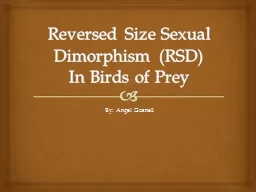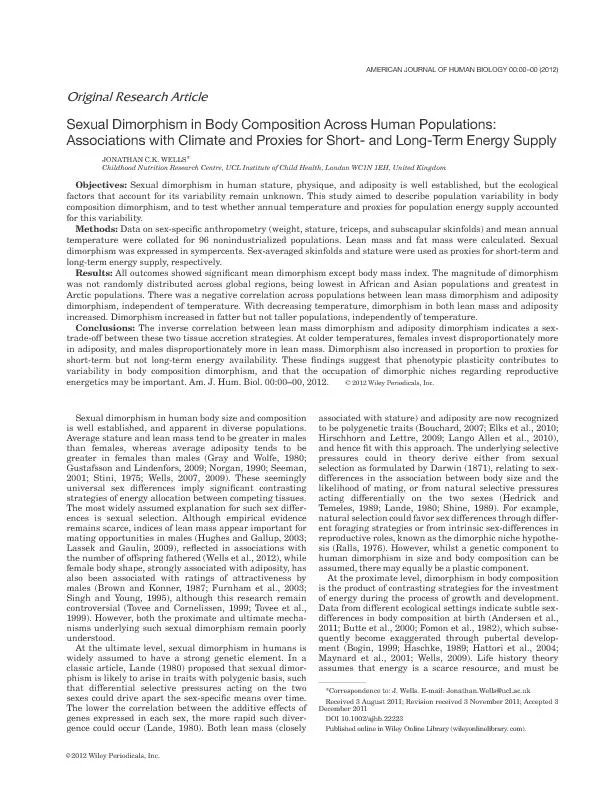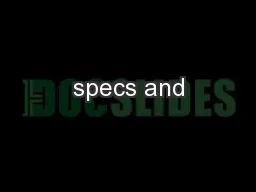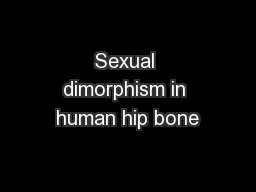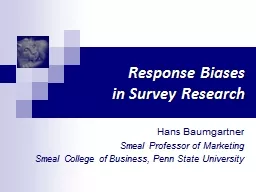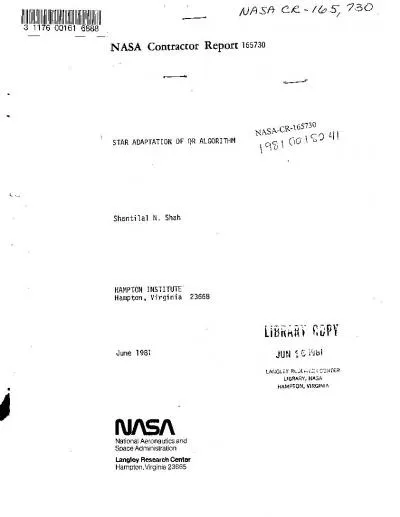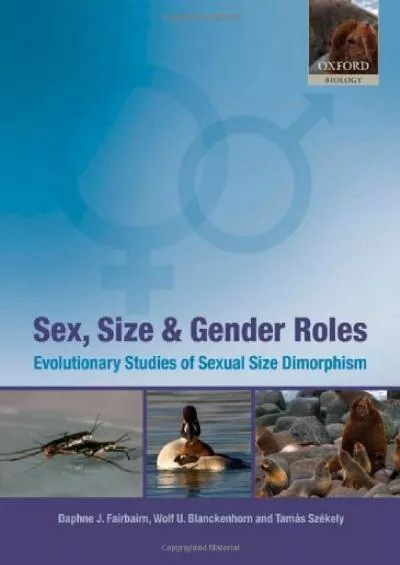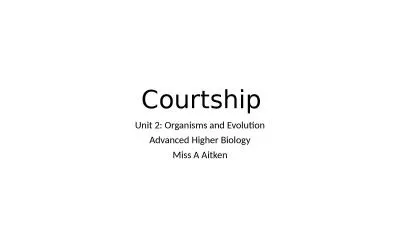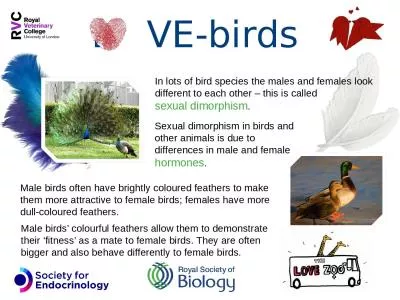PPT-Reversed Size Sexual Dimorphism (RSD)
Author : cheryl-pisano | Published Date : 2016-03-22
In Birds of Prey By Angel Gosnell Reverse of the norm In normal size dimorphism males are typically larger than females due to intrasexual selective pressures In
Presentation Embed Code
Download Presentation
Download Presentation The PPT/PDF document "Reversed Size Sexual Dimorphism (RSD)" is the property of its rightful owner. Permission is granted to download and print the materials on this website for personal, non-commercial use only, and to display it on your personal computer provided you do not modify the materials and that you retain all copyright notices contained in the materials. By downloading content from our website, you accept the terms of this agreement.
Reversed Size Sexual Dimorphism (RSD): Transcript
Download Rules Of Document
"Reversed Size Sexual Dimorphism (RSD)"The content belongs to its owner. You may download and print it for personal use, without modification, and keep all copyright notices. By downloading, you agree to these terms.
Related Documents

